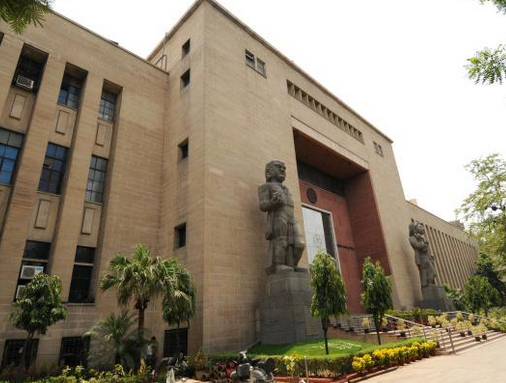RBI’s Revised Prompt Corrective Action (PCA) framework
RBI has come up with a notification titled “Revised Prompt Corrective Action (PCA) framework” for banks. The revised framework would apply to all banks operating in India including small and foreign banks. The new set of provisions has been in force from April 1. The provisions are based on the financials of banks maintained by them as of March 2017. The revised framework will override the existing PCA framework. The revised framework will be again reviewed after three years.
What is the need for RBI’s revised Prompt Corrective Act Framework?
The Reserve Bank of India (RBI) has revised the norms for Prompt Corrective Act Framework in the wake of deteriorating financial health of banks over the last three years. The RBI has clarified that PCA is aimed at improving banks’ health.
Earlier, RBI had promised to revise the PCA framework at its first monetary policy review of the current fiscal held on April 6, as the bad loans including those already restructured reached USD 80 billion or 15% of the system as of March 2017. As per the estimates, the NPAs of state-run banks reached Rs 6.3 lakh crore as of September compared to Rs 5.5 lakh crore at the end of June 2016.
What is PCA?
PCA norms permit RBI to put in place certain restrictions such as halting branch expansion and stopping dividend payment etc. The norms are also capable of even capping a bank’s lending limit to one entity or sector. Other corrective actions which can be imposed by the regulator include special audit, restructuring operations and activation of recovery plan. Under PCA, the RBI is also capable of superseding the bank’s board, under PCA.
When can PCA be invoked?
- Capital, Asset Quality and profitability would be the basis on which the banks would be monitored.
- Another such threshold is the maximum tolerance limit which sets net NPA at over 12% and negative return on assets for four consecutive years.
- Banks would be placed under PCA framework depending upon the audited annual financial results and RBI’s supervisory assessment.
- RBI may also impose PCA on any bank including migration from one threshold to another if circumstances so warrants.
- RBI has defined three kinds of risk thresholds and the PCA will depend upon the type of risk threshold that was breached. If a bank breaches the risk threshold, then mandatory actions include the restriction on dividend payment/remittance of profits, restriction on branch expansion, higher provisions, restriction on management compensation and director’s fees.
- Specifically, the breach of ‘Risk Threshold 3’ of CET1 (common equity tier 1) by a bank would call for resolution through tools like amalgamation, reconstruction, winding up among others.
What are the types of sanctions?
There are two types of restrictions imposed by RBI-mandatory and discretionary. Mandatory restrictions are placed on dividend, branch expansion, directors’ compensation etc. The discretionary restrictions include curbs on lending and deposit.
RBI’s Discretion
RBI in its discretion can also carry out the following actions:
- Recommend the bank owner be it government/promoters/parent of foreign bank branch to bring in new management/board.
- Advise bank’s board to activate the recovery plan as approved by the supervisor.
- Advise bank’s board to carry out a detailed review of business model, the profitability of business lines and activities, assessment of medium and long-term viability, balance sheet projections among others.
- Review short term strategies and medium-term business plans and carry out any other corrective actions like the removal of officials and supersession or suppression of the board.
Which are the banks on whom the PCA has been invoked?
The Reserve Bank of has promptly imposed PCA on a couple of public sector lenders- IDBI Bank and UCO Bank. In these two banks only mandatory restrictions have been imposed. Both of these banks have risked threshold 2. Similarly, at least 10 more public sector banks (PSBs) are facing regulatory action of the RBI. The net non-performing assets (NPAs) of these banks have crossed the limit set by RBI or have failed to comply with capital ratios.
The first threshold will be triggered if the NPA ratio of the bank crosses 6%. The net NPA ratio of more than 12% and the fall in Common Equity Tier-1 (CET1) capital below the limit would trigger the extreme action of winding up or merger. Of the banks, the net NPAs of the Indian Overseas Bank and IDBI Bank have already crossed 12% while others like Bank of Maharashtra, Central Bank of India, and Dena Bank are inching closer to the 12% mark.
What is the next?
It is expected that the RBI would be bringing more banks under the ambit of the PCA as and when the asset quality of these banks worsens. Though, these banks are comfortable on the capital parameter as the government ensures that the PSU banks are not starved of capital, it has to be seen how far the government honours its own commitment for maintaining fiscal discipline and infuse capital in these banks.
Conclusion
Though under the amended PCA framework, the scope for possible regulatory actions of the central bank has been broadened, it remains to be seen how far RBI will be successful in using this framework.


